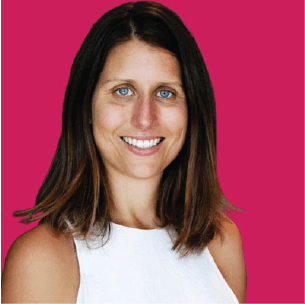By Nina Hood
This week the Principals Federation has called for Communities of Learning | Kāhui Ako (CoL) to be scraped as they are not achieving their aim of raising children’s achievement and the money invested in them could be better spend elsewhere.
Two years ago The Education Hub released a report called The Quest for Scale, which explored international literature on how to approach system-wide improvement and innovation in education. We suggested a new paradigm was needed in New Zealand, one that prioritises learning and builds a system’s ability to improve through culture change and capacity building at all levels. Fundamental to such a system would be the deployment of robust continuous improvement methods and a systemic approach to collaboration through powerful and well-designed networks.
As part of the report, we explored whether CoL, with their focus on cross-school collaboration could be a vehicle for achieving improvements in student achievement and driving continued improvement across the education system. Our assessment was that while on the surface CoL appear aligned to such a networked approach to improvement, there was growing evidence indicating deep issues affecting the ability of CoL to produce their desired outcomes. It seems timely to relook at the issues we identified when comparing the design and implementation of CoLs to the principles underpinning a networked approach to innovation and improvement. Our assessment identified the following challenges:
- A lack of sustained and systemic capacity building, which enables educators to engage in the evaluation and iterative development of practice. A 2017 survey administered by NZCER, found that only 34% of teachers and 48% of principals considered that their CoL participation was supporting their capacity for inquiry or strengthening their practice.
- High variability in how the inquiry process is enacted across CoL. Inquiry is positioned as a central activity of CoL. However, too often the implementation of the inquiry process lacks rigour, particularly at the problem identification stage.
- Issues around the use of data and evidence to inform improvement. US academic and President of the Carnegie Foundation for the Advancement of Teaching Tony Bryk’s frequent catch phrase is ‘you cannot improve what you cannot measure’. However, the collection, analysis and use of data and evidence to inform decision making and continuous improvement in schools is highly variable. In a survey conducted by The Education Hub earlier this year, teachers and school leaders identified ‘use student data to inform teaching and support improvement’ as their number one problem of practice.
- The nature of CoL membership and collaboration among stakeholders. Membership of CoL primarily is based on geographical proximity rather than a shared focus on a particular problem of practice. Furthermore, while there is a provision for external expert partners to work with a CoL, these roles are positioned as external advisors rather than integral members of the collaborative partnership (which the literature would suggest is a critical part of high functioning networks) and the expertise and ability of individual experts to add value differs substantially.
- Challenges of leadership and collaboration. There is substantial variation across CoL as to the roles and responsibilities of those in leadership positions and there is little training or support for educators taking on leadership positions. Furthermore, opportunities for collaboration with other teachers is not evenly distributed across CoL members. 78% of teachers in cross-school roles considered they had positive collaboration opportunities, however this dropped to only 34% of teachers in non-cross school leadership roles.
- Limited structures for effective knowledge management or the diffusion of ideas. There has been limited support, resourcing or technology provided to CoL to facilitate effective communication, and little consideration has been given to how to enable interaction, collaboration and knowledge sharing among CoL.
So, where do we go with CoL from here? While there are examples of highly functioning CoL that are having an impact on the outcomes and achievements of their students, these CoL remain the exception rather than the norm. However, this does not mean that an approach to reform that focuses on collaboration and emphasises the need to build capacity within the sector to learn and develop continuously is wrong. Rather, it is essential that such an approach has the support structures and systems in place to ensure that not only is it implemented successfully but that impact is sustained over time.
Such an approach to innovation and improvement must combine a deep appreciation for the research evidence to inform new approaches and new learning while simultaneously rejecting too strong a focus on universal prescriptions. It should appreciate and champion the need to adjust powerful ideas to diverse contexts and diverse populations, recognising the need for pluralism in education. To achieve this, the system must empower educators to work in collaboration with each other, and with researchers, designers and other experts to create the conditions, systems and infrastructure needed to ensure our young people can thrive. These ideas are not completely new to the New Zealand education system. However, they are not currently embedded in ways that consistently drive the mindsets, actions and behaviours of those involved at all levels of our education system.


